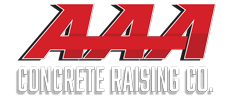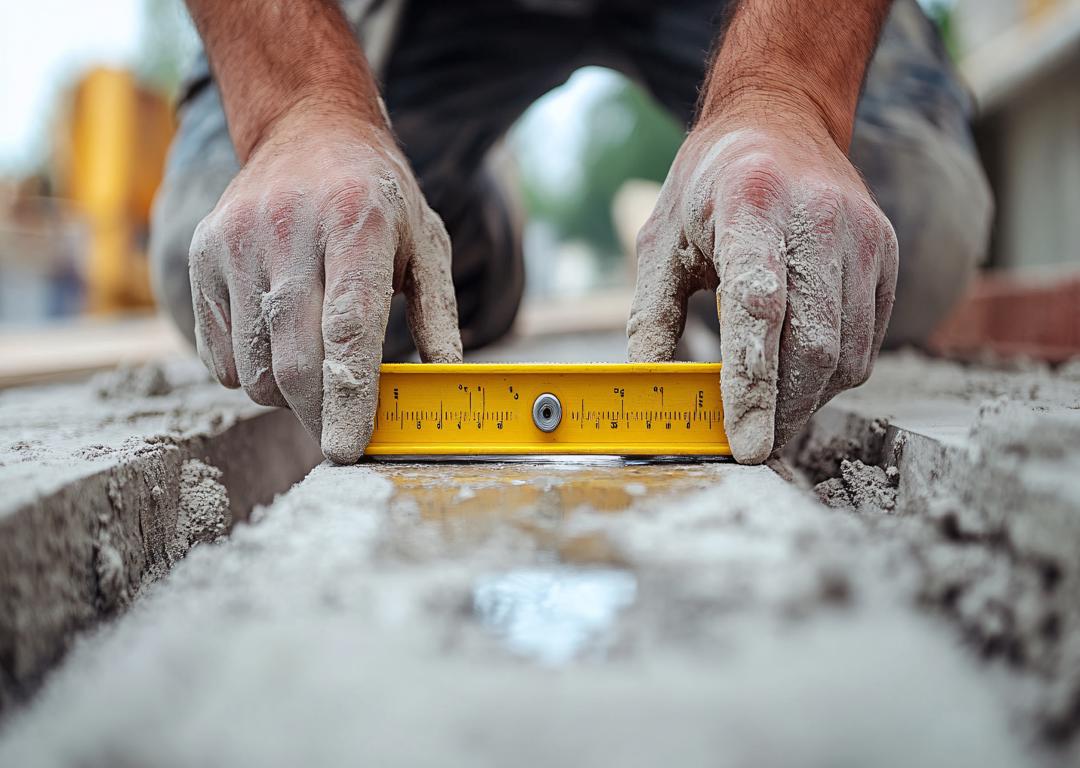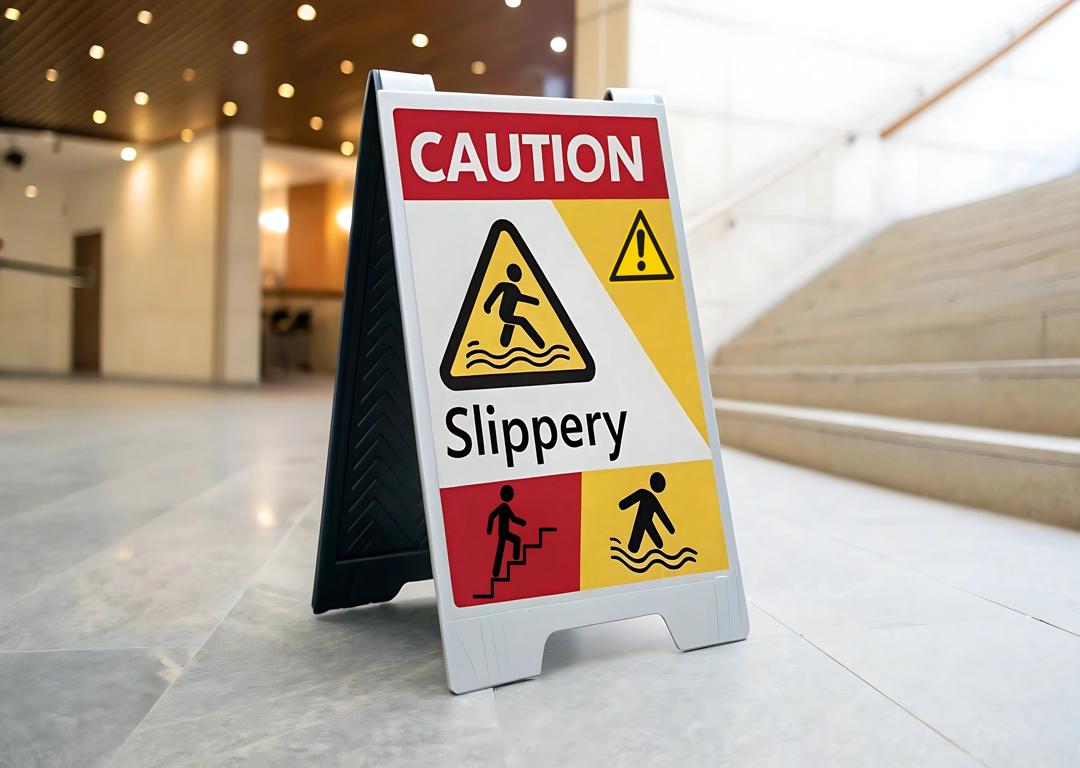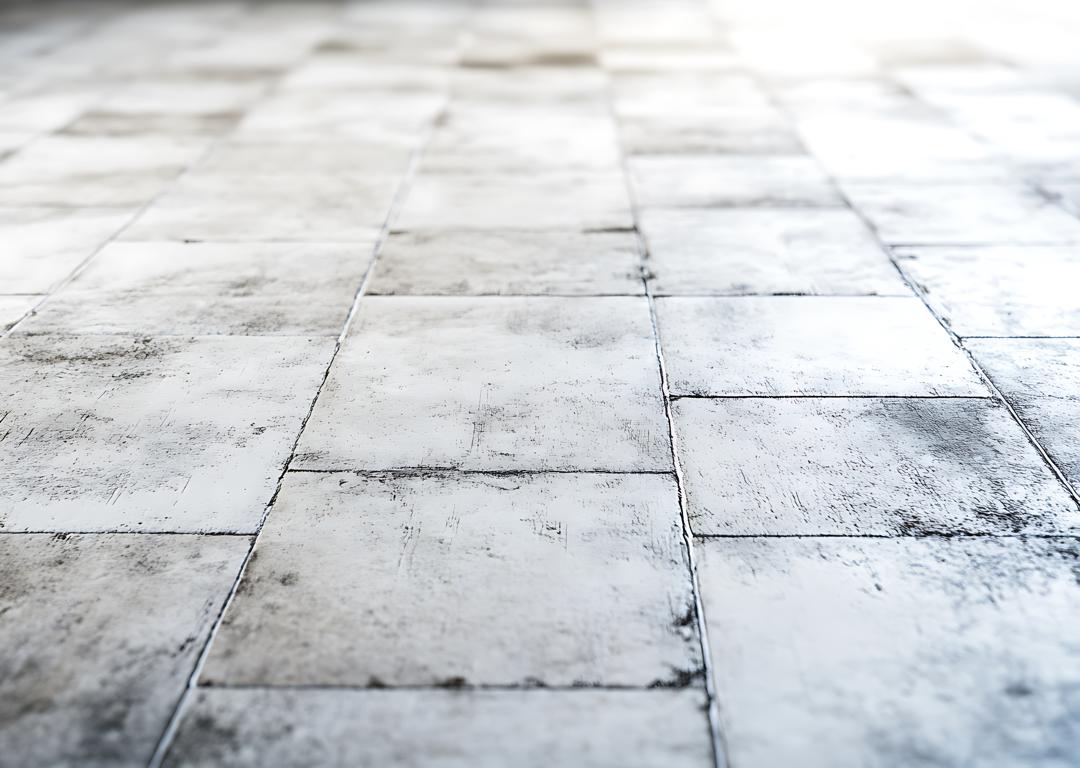Understanding the Challenges of Cracked Concrete
Concrete, renowned for its durability, often succumbs to cracking, presenting several challenges. Cracks not only mar the aesthetics but also signify potential structural vulnerabilities in concrete repair and maintenance. The field of concrete repair necessitates a closer examination of existing methods and the exploration of emerging trends.
Cracks in concrete, despite being a common occurrence, demand tailored solutions. Understanding the nuanced complexities of crack types and their respective repair needs is pivotal in ensuring successful interventions. Notably, hairline cracks, often superficial, may not necessarily require immediate attention unless they expand or denote underlying issues. On the other side, structural cracks, signifying potential structural compromise, mandate urgent assessment and appropriate repair measures.
Assessing the Extent of Cracking
Assessing the extent of cracking goes beyond visual inspection. While a surface examination aids in identifying visible cracks, it often fails to reveal the depth and underlying causes. Employing non-destructive testing methods, such as ground-penetrating radar (GPR) or infrared thermography, provides deeper insights into the extent of damage. These methods enable professionals to detect hidden or subsurface cracks, aiding in devising comprehensive repair strategies.
Factors Impacting Concrete Cracking
Several factors contribute to concrete cracking, necessitating a thorough understanding for effective repair. One prominent cause is shrinkage, occurring during the curing process as water evaporates, resulting in stress within the material. Settlement cracks emerge due to inadequate support or improper compaction during the installation phase, leading to differential settling and subsequent cracking.
Environmental influences significantly impact concrete, especially temperature variations. Extreme temperature changes cause expansion and contraction, inducing stress within the material and resulting in cracks. Additionally, excessive loading or weight on concrete surfaces can lead to cracks, especially in inadequately supported or aged structures.
The Types and Severity of Cracks
Recognizing the different types and severities of cracks aids in determining the necessary repair approaches. Hairline cracks, with widths typically less than 0.1mm, commonly occur due to shrinkage or minor surface movements and generally do not compromise structural integrity. Structural cracks, on the other hand, surpass hairline cracks in width and depth, potentially jeopardizing the stability of the structure. These cracks demand immediate attention and precise repair methodologies.
Understanding the various crack patterns helps in diagnosing the underlying causes. Random cracking often signifies shrinkage or settlement issues, while linear cracks parallel to reinforcement suggest structural stress or design flaws. Identifying these patterns assists in selecting appropriate repair techniques, ensuring efficient and lasting solutions.
Methods for Repairing Cracked Concrete
Traditional Repair Techniques
Mudjacking and slabjacking are conventional methods used to address cracked concrete. Mudjacking involves pumping a slurry mixture beneath the concrete, elevating it and filling voids to level the surface. Slabjacking, a more localized approach, lifts specific sections of concrete to achieve an even plane.
Additional Solutions
Advancements in materials and technology have led to additional repair solutions. Polyurethane foam injection has gained prominence for its effectiveness in filling voids, lifting concrete, and providing structural support. This technique offers fast curing times, minimizing disruptions during repair. Although this technique is fast, mudjacking is highly recommended over the use of poly-foam.
Another modern approach, self-leveling concrete overlays, involves applying a thin layer of specialized concrete over existing surfaces, effectively concealing cracks and delivering a smooth finish. This method not only addresses cosmetic issues but also reinforces the surface.
Challenges in Crack Repair
The choice of repair method heavily relies on the severity and type of cracks, alongside other pertinent factors. Structural cracks require meticulous attention and specialized techniques to restore structural integrity. Surface cracks, while not as severe, may impact aesthetics and necessitate cosmetically focused repairs.
Adapting repair techniques to various crack types ensures precise and effective outcomes. Structural cracks, due to their potential impact on stability, demand comprehensive and in-depth repair methods, whereas surface cracks may only require surface-level interventions.
Budgetary constraints often influence repair decisions. While more extensive repairs may incur higher costs initially, their long-term effectiveness and durability often outweigh immediate financial concerns. Assessing the durability of repairs and their expected lifespan is crucial for evaluating the overall cost-effectiveness of repair methods.
Residential Applications of Crack-Leveling Techniques
In residential settings, driveways and patios often fall victim to cracking. Implementing crack-leveling techniques restores these surfaces, transforming them from unsightly and hazardous areas to safe and visually appealing spaces.
Restoring Cracked Driveways and Patios
By employing specialized repair methods, professionals can fix these damaged surfaces, thereby restoring their functionality and visual appeal. These techniques involve filling voids, lifting sunken sections, and smoothing out uneven surfaces. Proper leveling not only resolves existing cracks, but also helps prevent future damage, ensuring the longevity and durability of these areas.
Commercial and Industrial Uses of Crack-Leveling
In commercial and industrial settings, cracked floors and infrastructure pose significant challenges. Employing crack-leveling methods effectively restores these surfaces, ensuring safety and operational continuity.
Repairing Cracked Floors and Infrastructure
Implementation of crack-leveling techniques serves as a proactive measure to rectify these issues. These techniques involve meticulously filling cracks, leveling uneven areas, and reinforcing weakened sections, thereby reinstating structural stability and enhancing the durability of these surfaces. This also helps to reduce safety hazards and contributes to the smooth functioning of daily operations.
Challenges and Limitations in Crack-Leveling
Addressing the limitations posed by different crack types is a critical aspect of effective repairs. Structural cracks, due to their complexity, present inherent challenges, demanding precision and expertise to ensure successful repairs.
Narrow and deep cracks pose particular challenges in accessing and repairing them. Overcoming these challenges requires specialized tools and techniques to effectively restore the surface without compromising its integrity.
Risks Involved in Crack-Leveling Procedures
Implementing crack-leveling procedures entails certain inherent risks, including potential displacement or future cracking if not executed carefully. Identifying and limiting these risks is essential to ensure lasting repair outcomes. It is always recommended that an expert reviews the project.
Sustainable Techniques for Long-Term Durability
Implementing sustainable crack-leveling techniques ensures long-term durability and upholds environmental responsibility. These methods prioritize both efficacy and eco-consciousness, aligning with environmentally conscious repair practices to contribute to a greener approach by minimizing waste and resource consumption.
Maintenance Tips for Leveled Cracked Concrete
Implementing post-leveling maintenance practices is vital for preserving the effectiveness of crack repairs. Regular inspections and maintenance routines can help prevent further deterioration and extend the lifespan of repaired surfaces.
Sealing cracks post-leveling prevents moisture intrusion and extends the longevity of repairs. Implementing preventive measures safeguards against future damage, ensuring the sustainability of repair outcomes.
Have More Questions?
As with any concrete-related project, it’s important to have an expert evaluate your project and see what the best approach to level your cracked concrete surface is.
At AAA Concrete, we know the best and most effective methods to restore your concrete surface back to its original glory and ensure a safe surface. When you’re ready to work with experienced professionals, we’ll be ready to help.
To learn more about how we can help, contact us today.





